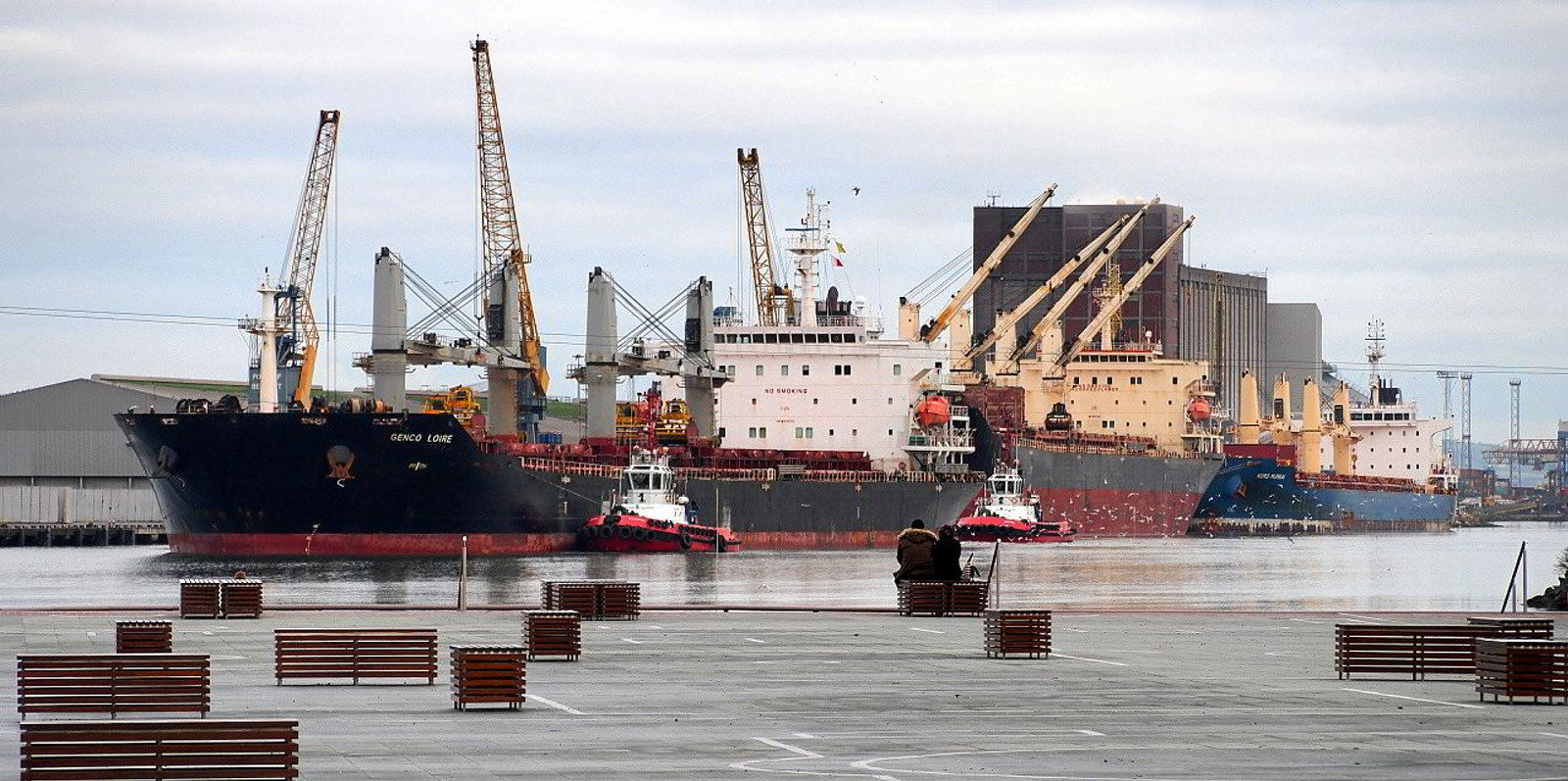Cargill Ocean Transportation global operations director Eman Abdalla sees port stays, contracts and customer interaction as being among the key areas for further digitalisation at the major shipping company.
The executive — a proponent of digital transformation at the major shipping operator, which is already a key backer of optimisation platform ZeroNorth — said fixtures and trade contracts are an area where both Cargill and shipping at large are “not there yet”.
“But we’re working on it,” said Abdalla, who is also responsible for sustainability at the Cargill unit.
The bulker operator is tackling the challenge both with third-party digital platforms such as Clarksons’ Sea/ and by building in-house capabilities.
“We’ve built a huge digital team and digital capabilities in-house to be able to make sure we have the tools that we need so we are not necessarily reliant on third-party digital providers or SaaS [software as a service] companies,” she said.
Abdalla said the company is exploring how to digitise charterparties, fixture recaps and other contractual documents by more than just having them as PDFs but by getting down to individual clauses for greater insight.
But contracts are just one of several “buckets” that she described as potential areas for greater digital change.
Another is vessel performance optimisation, where Cargill has been working with Lloyd’s Register’s i4 platform. Abdalla said such digital technology can help determine the best speed of individual vessels under different conditions and to help make decisions about energy-saving devices and other efficiency enhancements.
Voyage optimisation
A third area is voyage optimisation, where the outfit is increasingly reliant on digital capabilities to dictate decision-making through ZeroNorth, where she is a board member.
Such tools are not just a way to cut fuel costs and optimise profits. They are also key to monitoring compliance with decarbonisation regulations, including the International Maritime Organization’s Carbon Intensity Indicator.

But Abdalla said ports are the final leg that is missing when it comes to voyage optimisation.
“Today, I’m optimising a voyage up until I arrive at a certain port,” she said. “Then it’s a completely different ballgame. And so far, unfortunately, we don’t have the right digital tools in place and connectivity in the ports of the terminals, because it’s a huge undertaking.”
After all, rather than wait several days in a port queue, a vessel could have slowed down to a speed that would have saved more fuel.
Abdalla said Cargill is in discussions with several partners, including software providers, to figure out how to solve the port puzzle.
And she said it is about more than just visibility and data because there is also the risk of a ship that has optimised its speed based on port wait times being penalised in a berth lineup.
“It’s a solution that, if and when it’s implemented, it has to be dictated on everybody calling that terminal so that you don’t have one disadvantage the other,” she said.
Abdalla said optimising is a challenge for a charter operator such as Cargill Ocean Transportation, which is an intermediary between customers with cargo on the one hand and shipowners that control ships on the other.
“What our strategy has been — and it has proven to be a very successful strategy — is partnerships,” she said. “How can we make the owners and my service providers ... my strategic partners? Because this is the only way that I can make sure we can raise standards.”





